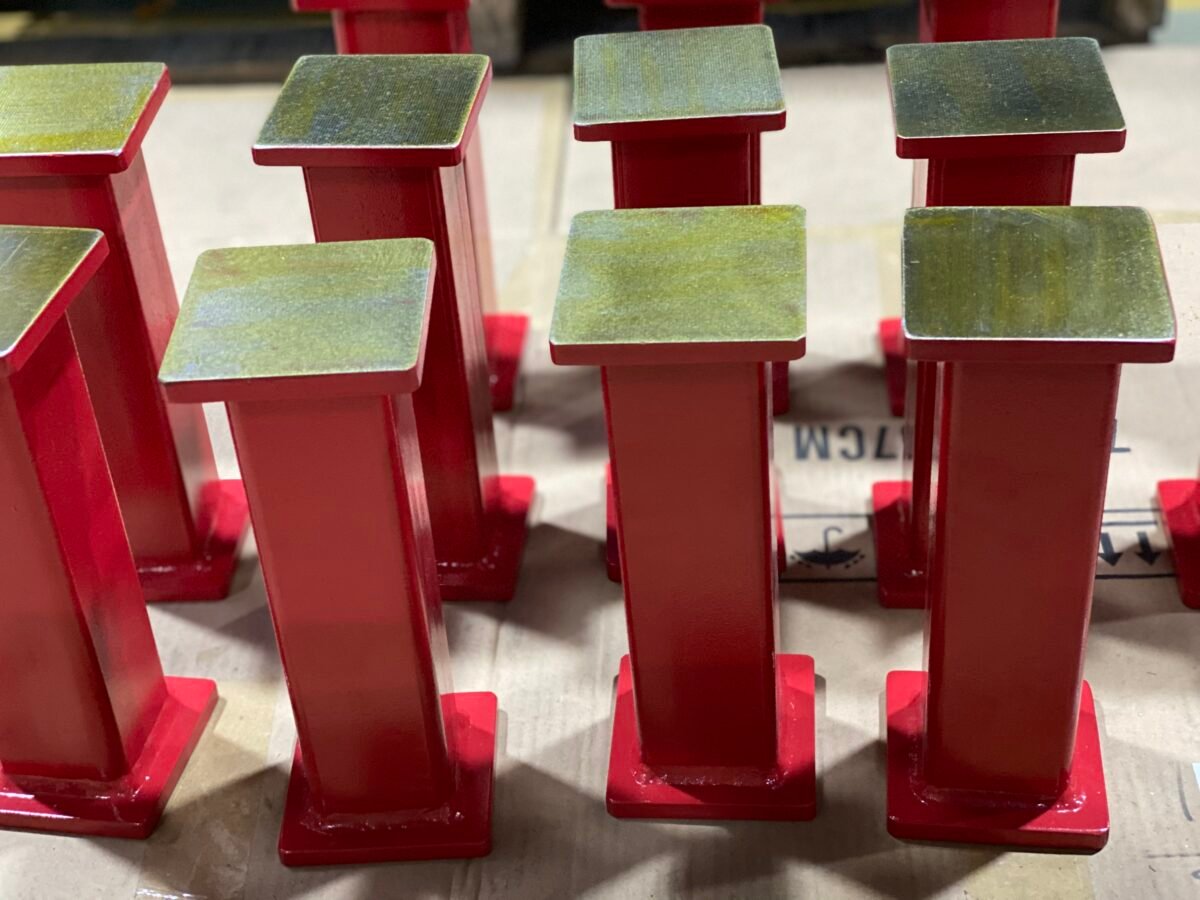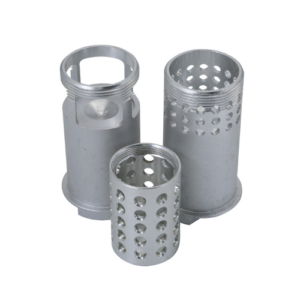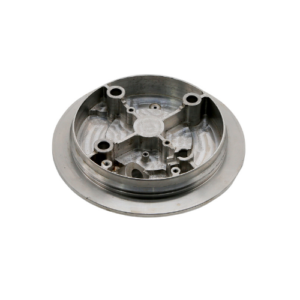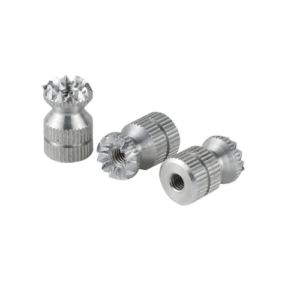Fasteners play a critical function in constructing a wide range of products. Suppose you perform a lot of your home improvement.
If that’s the case, you may have utilized fasteners to complete your project. The things in place, reduce the risk of damage from excessive vibration or pressure.
Fasteners come in a plethora of forms. Some variation can be seen among the many varieties.
Various fastener types and subtypes will be discussed in this article. To assist you in choosing the correct fastener for your project, we (QBH Technology) will also provide you with a few pointers. Let’s define fasteners before we get into the nitty-gritty.
What is a Fastener?
The term “fastener” encompasses a wide range of instruments. They all have one thing in common: they’re used to fasten things together. The goal is to make it possible for items to attach.
Subway Fasteners are used to keep things in position or together.
Glue, it is possible to claim, may do this role. If fasteners don’t have glue, then what do they include?
Our initial definition will have to be expanded upon as a result. Hardware fasteners assist in securing two or more items together.
Fasteners can be classified in a variety of ways. These fasteners are divided into two categories: permanent and non-permanent. As a general rule, fasteners are regarded to be temporary joints.
As a result, you should be able to detach two parts that are attached by fasteners. The parts must not be damaged in any way throughout the process. The rivet, a permanent fastening, is an exception to this rule.
When fasteners establish non-permanent joints, it does not state weakness. Your products will be securely fastened if you use fasteners that have threads that are suitably shaped.
This ensures that your thing can withstand a great deal of force. They may be used on a wide range of joints because of their versatility.
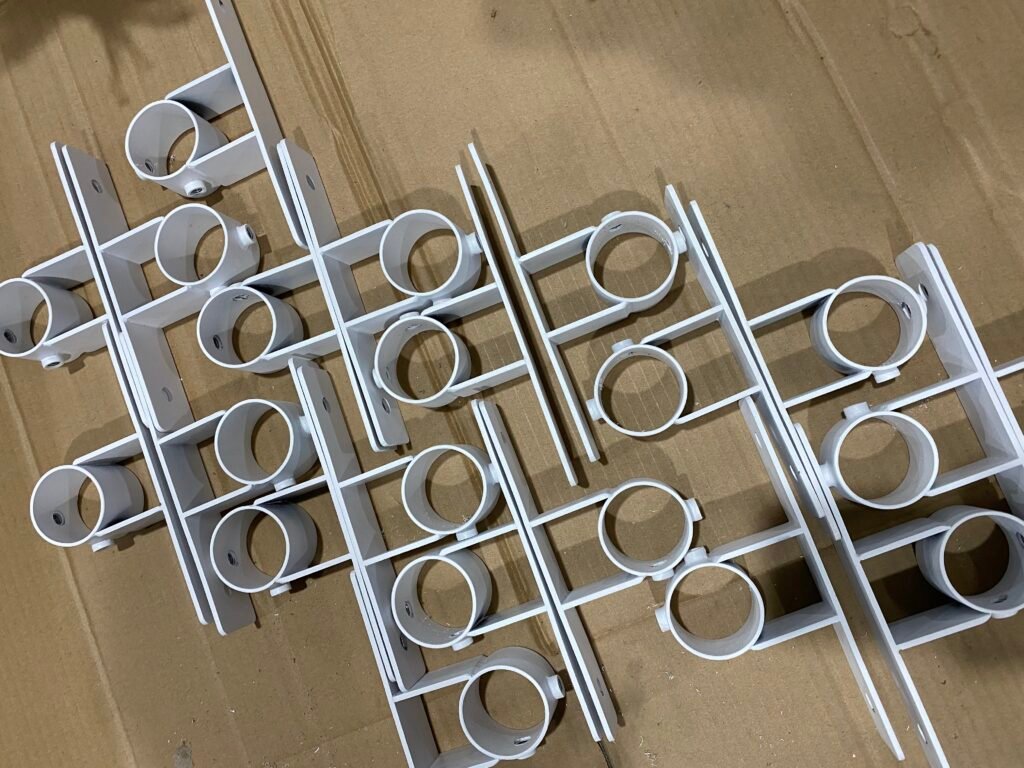
Temporary Fastening Devices!
A temporary fastening is a method in which the pieces of a mechanical device can be separated and rejoined at any time. Temporary fastening does not affect the machine or its parts.
Bolts, screws, lock pins, and washers are the most common components used in temporary fastening nut assemblies.
Fasteners are the technical term for these components. Later in the essay, we’ll discuss the primary temporary.
Type#1: Semi-Permanent Fixation
A semi-permanent fastener can be damaged, but it will no longer function.
When re-opening of the joints is unlikely, this procedure is undertaken. Soldering and riveting are two examples of this type of work.
Type#2: A Permanent Fixation
A permanent connection between two materials or pieces is achieved using these one-time-use fasteners.
The pieces will never separate if a permanent fastening is employed. Rivets, welding, soldering, and brazing are examples of permanent fastening.
The Different Types of Fasteners!
Engineering marvels of the modern era may be found everywhere. Engine cylinders in generators’ internal combustion engines, for example, can experience controlled explosions at up to 3600 revolutions per minute.
A two-stroke engine can produce 60 explosions per second, whereas a four-stroke engine can produce 30. It is also common for diesel generators to run around the clock. This means that the machine must withstand long periods under extremely high loads.
When designing a product, another consideration to bear in mind is how easy it is to maintain. After a given number of hours of use, any machinery has to be serviced.
Access to as many sections of the design must be made possible so that engineers and technicians may maintain, repair, or replace them.
As a result, non-permanent methods of securing machinery components are required. As a result sometimes tremendous stresses and flexibility, several fasteners are needed.
To keep machine parts from being displaced by excessive forces or vibrations, these fasteners are designed to be easily removed in the event of non-permanent fastening. To know more about such fasteners, visit QBH Technology.
Type#1: Nuts
A bolt can be inserted into its internal threads. Nuts are frequently used in conjunction with bolts, depending on their position at work.
Type#2: Bolts
Fasteners such as these are commonly used. A thin metal rod is used to create a bolt. To secure them in place, many types of heads are available.
This piece still has some threads on it. Or, a nut and a bolt can be used to secure the item from this angle.
Type#3: Screws
Screws are used to attach various machine components. Screws are threaded in many ways. Helixes can be thought of as spirals wrapped around cylinders.
Bolts have a larger diameter; thus, nuts have a smaller diameter. They can grow up to a quarter-inch in diameter. Screw heads come in a variety of shapes and sizes. There are four major sections to the screw.
Type#4: Washers
It has the appearance of a ring because of its circular form. The stud or bolt must be in place. Tightening nuts and bolts and making it simpler to remove them are two of its primary functions.
While it may be difficult to tighten even with washers, this can be done even with bolts with a greater bore than their diameter.
Type#5: Key-ways and Keys
It is possible to transmit torque by using a key, a machine component that links spinning machine parts to shafts. The key keeps two objects from moving about one another.
The image below shows that the shaft must have a keyway to accommodate the key.
A gear or pulley cannot move on its shaft, but the shaft and gear or pulley move together as one unit. A key connects a shaft and a wheel.
In this case, the shaft and the gear or pulley (or we may use the term “wheel”) are a single piece of machinery.
Type#6: Studs
It’s a bolt without ahead. The term “stud” refers to a long rod with threads on both ends, which may stretch the whole rod’s length. After the stud has been inserted into the hole, a nut is tightened around it.
One of its key advantages is simply opening the nut to detach it from the bottom section and maintain it in place. There are three basic types of studs in this category.
The central section of the round stud is also rounding. The central section of a square stud is square.
Another collar form is built further away from the body’s center. This material is frequently found in the cylinder head of motor vehicles.
Type#7: Rivets
These rivets are used to attach sheets or plates permanently. It is used to make trunks and buckets in boiler and sheet metal operations.
It’s common for rivets to be manufactured of mild steel, but brass, copper, and aluminum are also used. The head, shank or body, and tail of a rivet are all that is required to make a complete rivet.
Type#8: Anchors
Like a ship’s anchor, an anchor is a sort of fastener that serves the same purpose as a ship’s anchor.
In most cases, it’s utilized to fasten anything to a drywall or concrete surface. They stick to the surface and hold the item you’re attaching.
Type#9: Nails
To hold objects in place or to use it as a hook, you insert a metal spike with a wide, flat head into a piece of wood. Because of their widespread use, nails have become an essential component in many people’s lives.
To tell the difference between a screw and a nail, you only have to look at their bodies. Nail kinds are named from the tasks they are used for, so you can use this information to narrow your search.
Type#10: Inserts
Thread bushings, typically cylindrical, are another type of strong thread. For example, they can mend stripped threads or secure long-lasting connections between various materials.
Loads can be transferred from the smaller screw to its bigger insert by using this fastener.
Type#11: Retaining Bands
Fasteners used to hold shafts or components in place include retention rings. They generally come in a variety of forms and sizes. They are employed in a wide range of mechanical applications.
The latch pin of an IC engine piston is held in place by a retaining ring similar to this. A diesel generator’s high-pressure fuel pump also holds the system together.
While most retaining rings are one-time use, others can be reused when the machinery is repaired.
Type#12: The Clevis and Cotter Pinning
Steel pins or a cylindrical shaft are used to make these sorts of fasteners.
A cotter pin is put into the shaft and bent to function as a staple in these. Machines rely on them to maintain their parts in a specific position or alignment.
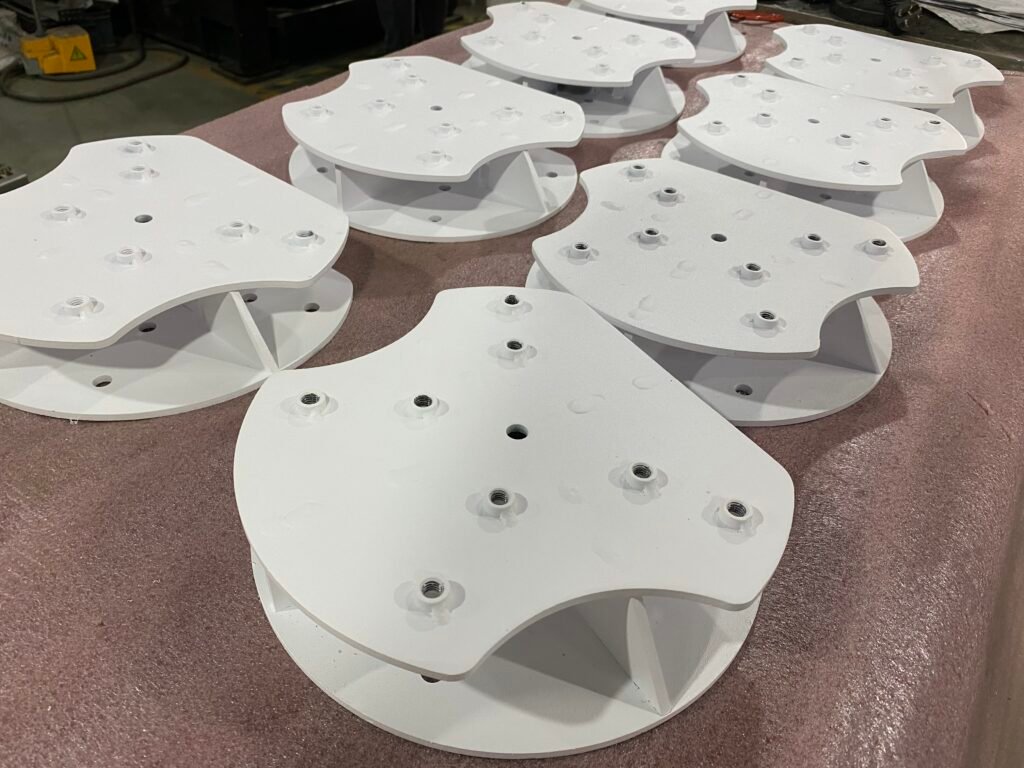
How To Choose The Correct Fastener?
The most important consideration here is whether or not the fastener is suitable for your application.
Your application may need the use of more than one fastener type. Head, shaft, and threaded end make up the conventional bolt.
Based on the design of the head, there are several types of bolts: hex, socket, screw, and so on.
The proper selection of the bolt head is critical to the bolt’s ability to withstand torque. As a result, length is an important factor in applying the bolt. The flange bolt is an excellent illustration of the value of proper length.
All of these components, plus another washer, the accompanying flange, and its bolt head must be held together by a sufficient length of threaded rod for it to serve its intended purpose.
Additionally, it’s crucial to pick the proper thread. Faster assembly of pieces can be achieved using coarse threads, which are easier to assemble than fine threads.
Know the Use
Before contacting a fastener provider, it is important to establish the intended use of the fasteners. A comprehensive list of all industrial fastener uses is beyond the scope of this document.
However, the types of fasteners and their appropriateness for use in various applications can frequently be the same across various them.
If you need mild steel or Chrome Moly or perhaps something exotic, it will be determined by the application’s demands. It’s also a good idea to be familiar with the fastener-specific standards.
Carbon steel nuts, studs, and threaded rods up to 60,000 PSI tensile strength are covered by ASTM A307, for example. ASTM F593 covers bolts, studs, and hex cap screws made of stainless steel.
ASTM A193/A193M is a standard for high-temperature and high-pressure alloy and stainless steel bolts. These and other standards often describe your application or an application quite similar to yours.
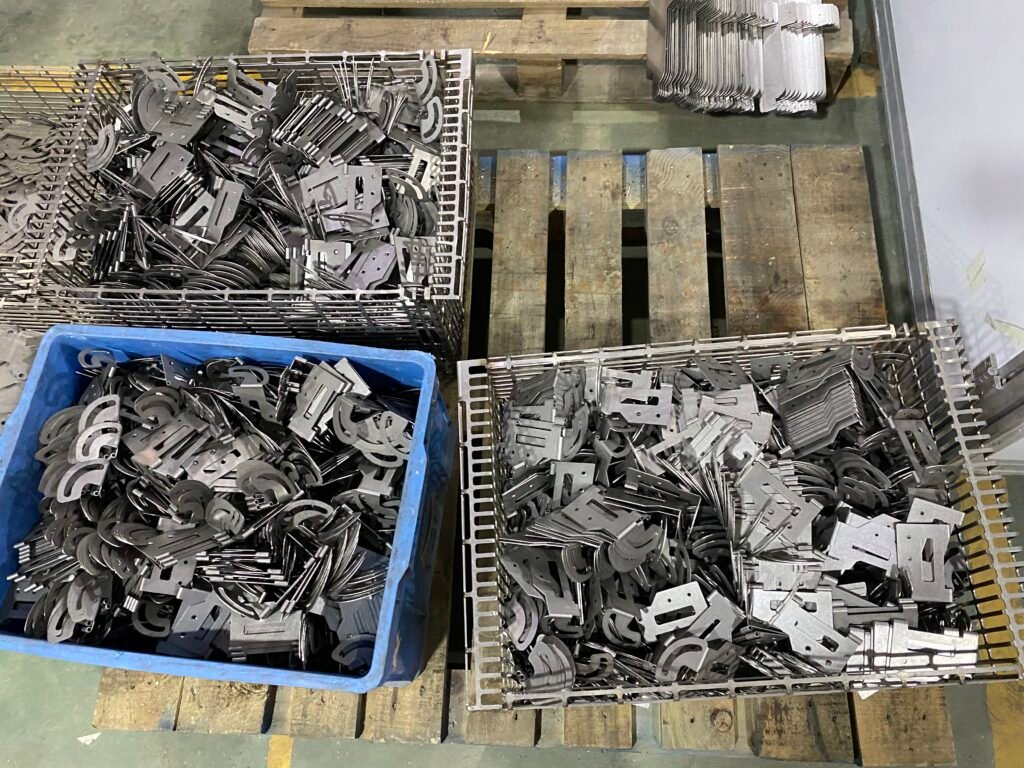
Construction Materials
Carbon steel is used in the vast majority of fasteners. In terms of versatility and strength, it’s the most versatile material. The ASTM 307 Grade B low-carbon steel is utilized for heavy hex bolts and studs intended for use with cast iron flanged joints in pipe systems. Heat treating medium carbon steels can improve their load-bearing capacity.
Bolting materials made of alloy steel and stainless steel are covered. Fasteners for pressure vessels, valves, flanges, and fittings are included in this specification.
Hex head Grades 2, 5, and 8 are the most often used fasteners. Grade 2 is the most common steel used in the construction industry. Fasteners made of this type of metal are the most common and the least costly.
The installation of handrails and pipe clamps and hangers, for example, both demand Grade 2 bolts.
Bolts with hex heads of grade 5 are the most frequent in automotive applications because they have been hardened to strengthen their strength.
Bolts with a grade 8 designation have been hardened more than bolts with a grade 5. As a result, they’re more durable, and you’ll see them in high-stress settings like car suspensions and equipment installation.
Alloy steel is commonly used for socket head bolts. Bolts constructed of alloy steel have a high strength steel alloy as their base and are heat-treated for further durability. A dull black appearance is typical of bolts made of alloy steel that has not been plated.
Despite their high strength, alloy steel bolts are highly fragile. If zinc plating is necessary, care must be given with socket heads. Hydrogen embrittlement, which can lead to fastener failure, is possible when plating these fasteners.
Alloy steels with manganese, copper, and chromium content over 1.5 percent, but less than 4 percent, are particularly helpful for a wide range of strength-to-ductility applications.
With adequate molybdenum or vanadium concentrations, alloy steels can be employed in areas where corrosion is probable, such as heating and boiler equipment.
Final Thoughts
Fasteners exist in a wide variety of shapes and sizes, making it challenging to select the perfect one for your project. We’ve discussed the many types of fasteners and their applications in this post.
To assist you in finding the appropriate fastener for your components, we also provided some helpful advice in this article. QBH Technology’s rapid prototyping services aren’t limited to providing design ideas.
Fastener assembly and sales are also included in our services. We have a wide variety of high-quality fasteners available for purchase. If you need a fastener for whatever purpose, you can rely on us to get it for you.

